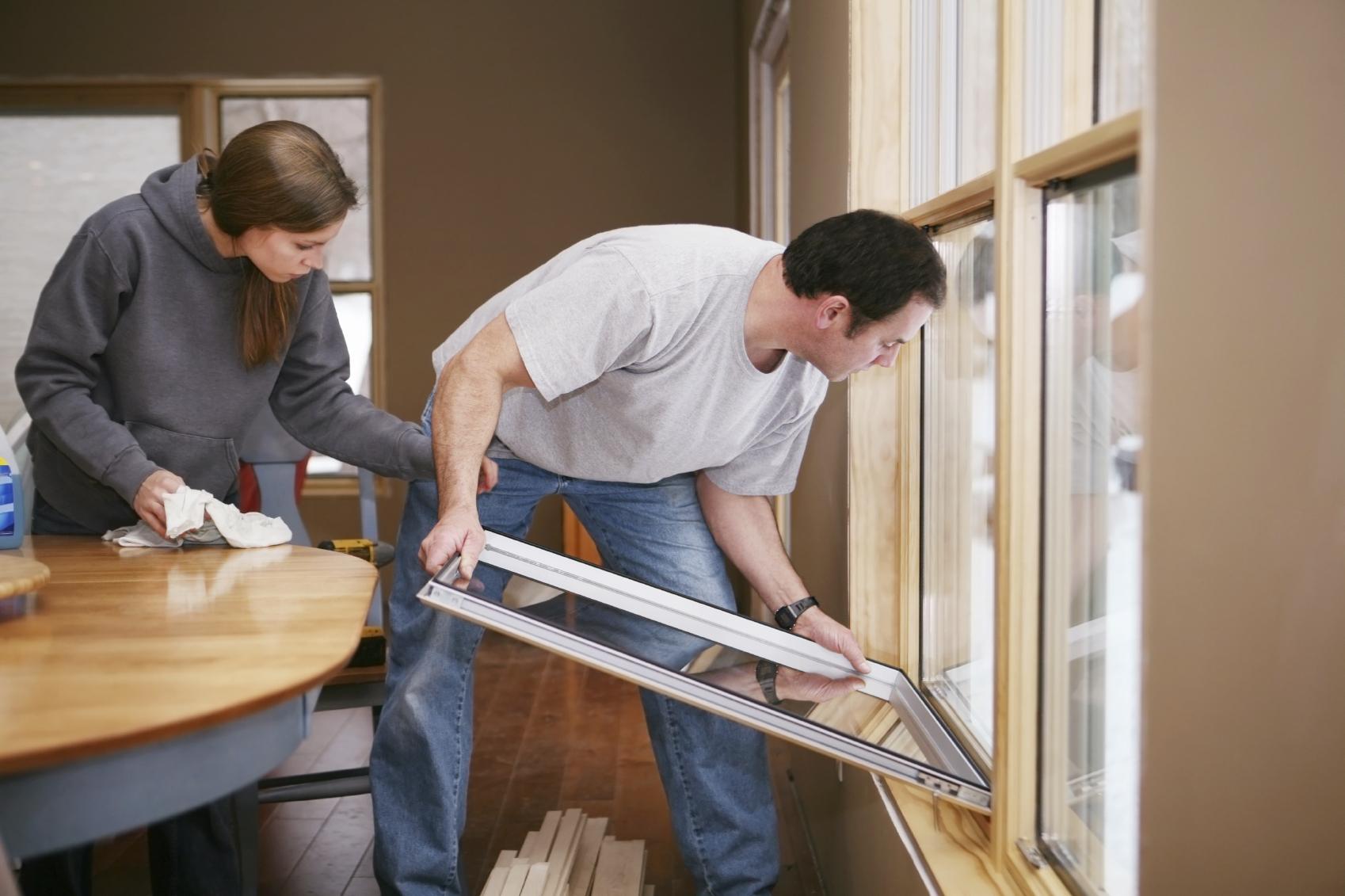Aluminium windows are widely popular due to their durability, sleek design, and energy efficiency. As an installer of these windows, understanding the intricacies of installation, maintenance, and the latest industry standards is crucial for ensuring high-quality results. Whether you are a seasoned professional or just starting in the field, this guide will provide you with the essential knowledge and practical tips to excel in the aluminium window installation industry.
Why Choose Aluminium Windows?
Aluminium windows are known for their strength, versatility, and ability to withstand the elements. They offer a range of benefits that make them a top choice for both residential and commercial properties. Below are some reasons why aluminium windows are favored by both installers and property owners, making them a preferred option for aluminium window installers:
1. Durability and Strength
Aluminium windows are highly resistant to rust, corrosion, and weathering, making them ideal for coastal areas or regions with high humidity. Their durability ensures that they can stand the test of time, even in harsh weather conditions.
2. Energy Efficiency
When properly installed, aluminium windows can provide excellent thermal insulation. With modern advancements in technology, aluminium frames can now feature thermal breaks, reducing heat transfer and improving energy efficiency.
3. Sleek Aesthetic
Aluminium windows are known for their clean lines and slim frames, which allow for larger panes of glass. This results in improved views and more natural light inside the building, giving a modern and stylish appearance.
4. Low Maintenance
Aluminium windows require minimal maintenance compared to wooden windows, which may need to be repainted or resealed over time. Aluminium’s resistance to weathering means that they can maintain their appearance and functionality for many years.
Step-by-Step Guide to Aluminium Window Installation
Installing aluminium windows requires precise measurements, technical know-how, and attention to detail. Below is a step-by-step guide to help you install aluminium windows efficiently and correctly.
1. Preparation
Before you begin the installation, ensure that you have all the necessary tools and materials. This includes the aluminium window frames, glazing units, sealants, screws, a level, measuring tape, and safety equipment such as gloves and goggles.
-
Measure the Window Opening: Take precise measurements of the window opening to ensure a proper fit. Measure the width and height of the opening at multiple points to account for any variations.
-
Check the Level: Ensure the window opening is level and square. Use a spirit level to verify that the edges are straight.
2. Install the Frame
-
Fit the Window Frame: Place the aluminium window frame into the opening. If the frame fits snugly, secure it temporarily with screws or wedges. Ensure that it is level and plumb on all sides.
-
Shim the Frame: Use shims to ensure that the frame remains square. Adjust the shims until the frame is perfectly positioned in the opening.
-
Secure the Frame: Once the frame is level and square, secure it in place with screws. Make sure to follow the manufacturer’s recommendations for the number and placement of screws to avoid any structural issues.
3. Install the Glass
-
Insert the Glazing Units: Aluminium windows are typically equipped with glazing units that fit into the frame. Carefully place the glass into the frame, ensuring that it is properly aligned.
-
Seal the Glass: Apply a high-quality sealant to secure the glazing units in place. This will prevent drafts and moisture from entering the window frame.
-
Check for Gaps: Once the glass is installed, check for any gaps between the frame and the glazing. Use additional sealant as needed to ensure an airtight fit.
4. Finishing Touches
-
Install the Window Locking Mechanism: Depending on the style of window, install the appropriate locking mechanism to ensure the window operates securely.
-
Seal the Edges: Apply sealant around the perimeter of the window to prevent air or water infiltration.
-
Test the Window: Open and close the window several times to ensure smooth operation. Verify that the window is properly sealed and secure.
Best Practices for Aluminium Window Installers
To ensure high-quality results and customer satisfaction, aluminium window installers should adhere to the following best practices.
1. Follow Manufacturer Instructions
Each window manufacturer provides specific installation guidelines that must be followed. These guidelines are designed to ensure that the window performs optimally and meets building codes. Always refer to the manufacturer's instructions before beginning installation.
2. Use Quality Sealants
The quality of the sealant you use is crucial for ensuring that the window remains airtight and waterproof. Low-quality sealants may degrade over time, leading to leaks or drafts. Choose sealants that are designed for use with aluminium frames to ensure a long-lasting, secure seal.
3. Ensure Proper Drainage
Aluminium windows must have proper drainage systems to prevent water from accumulating inside the frame. This will help prevent moisture damage and corrosion. Ensure that the window frame is installed with the necessary drainage channels and that the sill is slightly sloped for effective water runoff.
4. Check for Thermal Breaks
To enhance energy efficiency, ensure that the aluminium windows have thermal breaks. These breaks are essential for reducing heat transfer and improving insulation. If your aluminium windows do not include thermal breaks, consider installing insulated units to improve their performance.
5. Use High-Quality Tools
Using the right tools for the job is essential to ensure precision and efficiency during installation. Invest in high-quality tools such as screwdrivers, drills, measuring tapes, and levels. This will help you avoid errors during installation and ensure a flawless finish.
Maintenance of Aluminium Windows
While aluminium windows are low-maintenance, regular care is still necessary to ensure their longevity and performance.
1. Clean the Frames and Glass
Regularly clean the window frames and glass to prevent dirt and grime buildup. Use a soft cloth and mild detergent to clean the surfaces. Avoid abrasive cleaners, which can scratch the aluminium frame. For installation or maintenance, consider hiring professional aluminium window installers to ensure the frames are properly fitted and secure'
2. Lubricate Moving Parts
Lubricate the moving parts, such as hinges and locks, to ensure smooth operation. This helps to prevent wear and tear, extending the lifespan of the window.
3. Inspect Seals Regularly
Check the seals around the window frame periodically for signs of wear or damage. Replace any worn seals to prevent drafts and moisture infiltration.
Conclusion
Aluminium windows offer numerous benefits, from energy efficiency and durability to a sleek, modern aesthetic. As an installer, mastering the installation process and adhering to best practices is essential for delivering high-quality results. Always stay up to date with the latest industry standards and techniques to ensure that your installations meet the highest levels of performance and customer satisfaction.
By following the detailed steps and best practices outlined in this guide, you can enhance your skills and reputation as an expert aluminium window installer, ensuring success in every project you undertake.
Read more:
How to Choose the Best Aluminium Sliding Doors

